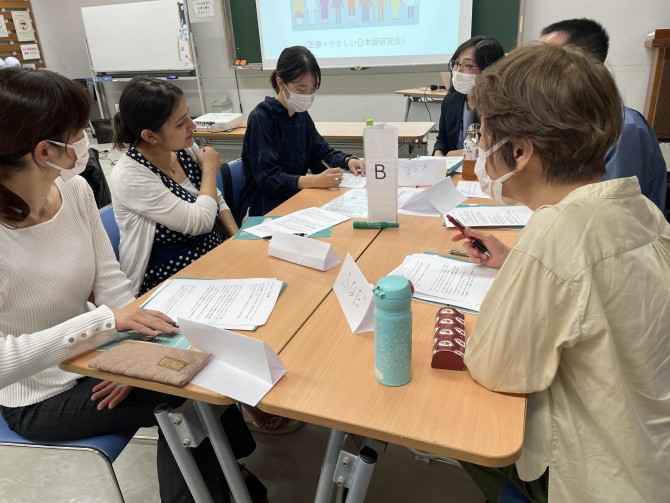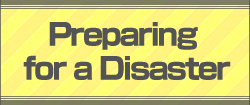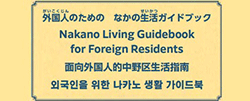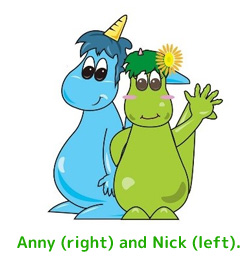Easy Japanese” training for medical professionals
On the 11 (Wed) and the 20 (Fri) of October, Juntendo University and the Tokyo Metropolitan Government jointly organized a two-day ‘Easy Japanese’ training course for medical professionals. Hospital clerks, public health nurses and other people working in the medical field also participated.
First, there was a lecture by Professor Hirono Ishikawa of Teikyo University’s Graduate School of Public Health and Teikyo University’s Centre for Common Medical Education and Research. He said that while the recognition of ‘Easy Japanese’ in the medical field is unfortunately still not high, but the needs are high and it is effective and many people are seeking to be communicated in ‘Easy Japanese’.
Next, a workshop was held for each group of five or six people. Participants were asked to conduct roll-plays with scenarios for real-life situations such as ‘explaining a medical condition to a patient with a sprained ankle, giving a prescription and explaining how to use compresses and painkillers’ or ‘a public health nurse explaining vaccinations to a foreign mother during a newborn baby visit to her one-month-old baby’ in ‘Easy Japanese’. One or two foreigners joined the group as mock patients and answered whether they could understand. It was found that not only the language was difficult, but there were also problems such as not understanding why a health worker would come to your home if, for example, services such as ‘baby visits’ are not available in your home country.
There were some feedbacks such as “To what extent can I use injections, vaccines, etc.? I now understand a little better what to use.” ‘I now understand the importance of saying things simply.’ ‘It was a very good experience. I want to make use of it in the future.”
It is easier to understand if the gesture is used to say injection.









